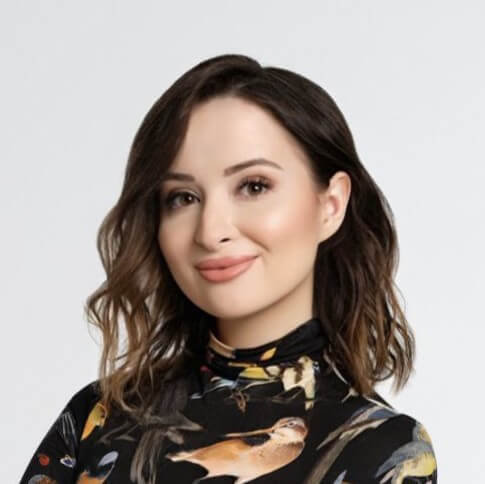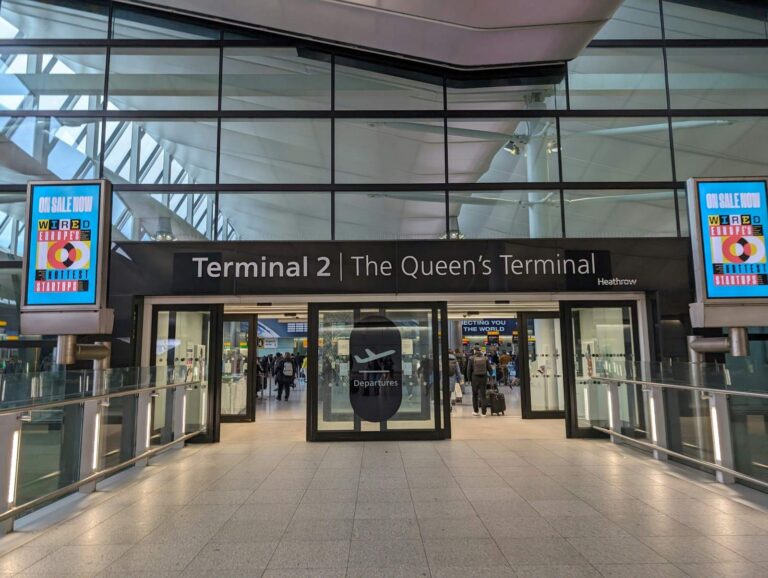One of the most important aspects you should take a closer look at when considering fertility treatment abroad – or even when starting a new cycle after several failed cycles – is the effectiveness of the treatment, the pregnancy rates. To obtain these rates, the laboratory of a fertility clinic collects specific and relevant information related to fertility treatments, which is then converted and expressed in rates per year by the statistics department.
In some cases, however, the rates presented by a clinic may have been modified. Certainly, you would want to see reliable and transparent statistics. A great way to determine whether they are truthful or not is by means of independent certification bodies – in most cases clinics which have successfully passed the certification process display the certification logo on their website and/or in their web communications.
But often, when taking a closer look at these success rates they may prove to be ambiguous and confusing rather than clarifying. This may be due to clinics resorting to data from different moments of a fertility treatment. Let us now have a closer look at how IVF rates are determined according to the moment of the treatment.
The success rate per embryo transfer refers to the number of positive pregnancies per 100 embryo transfers (including transfers with one or more embryos). This information is obtained 10 to 14 days after every transfer and is determined in most cases by testing the hCG levels in the blood. A pregnancy test is considered as positive whenever the hCG levels are above 5mUIl/ml on the day of the blood test. In case of the hormone levels being close to 5mUl/ml, checking those several days after is required.
Rates can also be expressed as clinical pregnancy rate per transfer. Around pregnancy weeks 6 and 7 it is time to carry out the first ultrasound scan to confirm the presence of gestational sacs and a viable pregnancy. Unfortunately, not all positive pregnancies confirmed by means of the hCG hormone result in a viable pregnancy. This is frequently known as biochemical pregnancy.
Another way of presenting successful treatment rates is implantation rate per embryo. It refers to the percentage of gestational sacs per number of transferred embryos, and it can be improved by means of long-term culture (5-6 days). This way it is possible for specialists to obtain additional information on the embryo and offer single embryo transfers with greater chances of success (with an optimal preparation of the endometrial lining).
It is also important to note that there are other factors that can affect your chances of achieving a pregnancy – depending on the type of treatment.
For instance, maternal age is key for a successful outcome in IVF treatments (with patient’s eggs), whereas age is not relevant in egg donation. It must be noted, that at the age of 35 both quality and quantity of eggs decrease enormously – at the age of 40 chances of becoming pregnant with own eggs is almost impossible; egg donation, on the other hand, offers higher chances for success.
At IVF Spain fertility doctors treat patients with an average of 3.2 failed treatments – some of them have been searching for more than 15 years for a solution to their problem. Over the years the Spanish specialists learned that studying in depth each patient’s case and applying state-of-the-art technology is crucial for a successful treatment.
The selection of genetically healthy embryos is a good example thereof. In fact, the effectiveness of treatment has greatly improved for treatments with own eggs after carrying out preimplantation genetic screening (PGD-A). Within the age group >40 the effectiveness increased from 28.5% to 40.4% as a result of applying this technique, as it allows doctors to select genetically healthy embryos (correct number of chromosomes) thus increasing their implantation rate.
At IVF Spain the embryologists assess which embryo offers the highest chances for a successful implantation using Time-Lapse technology implemented in the clinic’s Geri embryo incubators. Thanks to this state-of-the-art technique the embryologists are able to monitor the development of all the embryos 24 hours a day (in 5 min. intervals). But Geri also allows to culture embryos separately, providing the best possible environment without disrupting their development.
All of it allows selection of the embryo with the highest chances of success while avoiding all the risks that are associated with a twin pregnancy. If you wish to know more about PGD, Time Lapse technology or Geri incubators, get in touch with IVF Spain.





